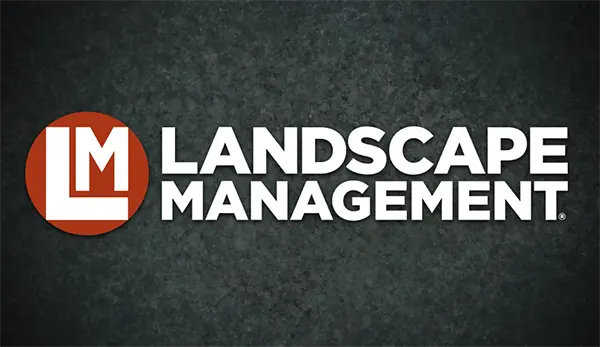The National Oceanic and Atmospheric Administration (NOAA) is predicting an active hurricane season this year, with more than a dozen big storms and a couple major hurricanes statistically overdue to hit vulnerable regions of the country.
After Superstorm Sandy, the violent tornadoes that recently devastated parts of Oklahoma and the wind-whipped wildfires testing those living in the arid Southwest, reports indicate we’re still not out of the woods.
As more and more towns and cities continue to be impacted by severe weather, many of us are feeling that seasonal weather patterns—and their higher than normal, lower than normal temperatures—are upside down. And with an early hurricane season already upon us, we need to batten down the hatches in more ways than one.
While we can’t prevent natural disasters from striking, it helps if we have an emergency plan in place so we can help others and ourselves get back to business as quickly as possible.
Here are some Dos and Don’ts for protecting your business and your customers’ interests in the event of a natural catastrophe:
DO:
- Be prepared. Make emergency preparedness an integral part of your strategic operating plan.
- Create a vulnerability map. Determine the most likely threats to your business and your customer’s business, and identify the consequences and what ifs.
- Create an up-to-date list of priorities and identify ways to address risks to your business and your customer’s business. If you’re a national company or have multiple branches, mobilize nearby branches to move into the affected areas to support the local branch.
- Reach out to neighboring contractors for help. You could take this to a new level by reaching out to your customers in advance (where you have advanced warning) and let them know you are setting up this emergency response on their behalf.
- Reach out to your customers a season early and team with them to orchestrate partner response teams that combine resources.
- Consider a fee-based service that would allow you to stage equipment and other resources at their sites to facilitate a more immediate response.
- Document with pictures, videos, etc., and note the efforts you are making. This will come in handy for insurance, risk management or other property-related clean-up issues.
- Get your billing done promptly before customers forget how bad things were.
- Communicate before, during and after the event. Let your customers and employees know what your plans are and what to expect.
- Identify alternative suppliers in case a major disaster affects your vendors. Get your contract terms worked out up front so you are not left scrambling.
- Make sure your contact list and address book is up to date in case you or your customers are working from temporary offices.
- Protect your data. Back up your systems and make sure you can get access to critical information. This will help both your business and your customer’s business in case servers, systems and technology infrastructure go down.
- Create a personnel policy plan. Invest in cross training so your staff can take over critical functions if employees can’t get to work or are otherwise affected.
- Review your insurance and risk management policies and ensure they are up to date.
- Create a crisis management “chain of command” team responsible for protocols and procedures in the event of an emergency.
DON’T:
- Ever price gouge, exploit tragedy or take advantage of the situation.
- Reach out to new customers without first taking care of existing customers.
- Put your employees in harm’s way.
- Bite off more than you can chew.

